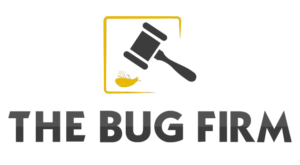FLIES

Safe & Effective Treatments
What The Bug Firm Will Do For You
The polar ice caps are the only place on earth where there are no flies. Given how common they are, you should be prepared to deal with a fly infestation outside or inside your house or place of business. Understanding the fly lifespan, what flies consume, and what they are attracted to are all factors required to identify the species you’re dealing with, from rubbish flies to horse flies. To assist you in safely and successfully getting rid of flies, an bug firm Pro may create a customized fly treatment program.
bug firm can offer the ideal solution to keep bothersome flies in their place and out of your home. The greatest approach to repel flies is by simple, strategic tactics. Contact your local bug firm branch to find out more about how to manage fly infestations and contribute to preventing future ones.
Call Us
(305) 848-7313

Enjoy Your Home Totally Pest – Free
Enjoy complete peace of mind with a home that’s totally pest-free. At The Bug Firm, we make it easy to protect your living space from unwanted invaders like ants, roaches, termites, rodents, and more. Our expert team uses safe, proven treatments to eliminate pests at the source and prevent them from coming back.
Request Free Pest Inspection
Schedule your free pest inspection today and let our experts identify and eliminate pests before they become a problem.
Get in Touch
Email Our Team

